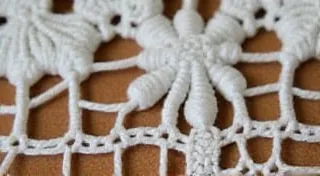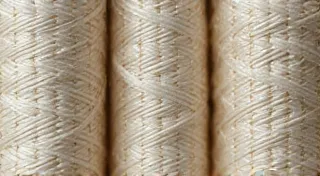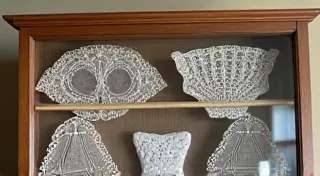The Weaver's Alchemy: Transforming Humility into Heirloom – Stories of Resilience in Bobbin Lace Traditions
The delicate tracery of bobbin lace can evoke a sense of ethereal beauty – a whisper of bygone eras. Often relegated to the periphery of the art world, considered mere ornamentation, it’s a craft steeped in a profound and often overlooked history. For centuries, bobbin lace making has been intimately linked to female labor, frequently perceived as a humble pursuit undertaken out of necessity. But to understand bobbin lace is to understand the women who poured their skill, perseverance, and quiet dignity into each individual thread. This is not simply a study of textile art; it’s a journey into the personal narratives of the lacemakers—stories of resilience, ingenuity, and subtle empowerment woven into the very fabric of this cherished tradition. We're going beyond the superficial assessment to reveal how a perceived necessity transformed into an heirloom, a tangible legacy of ingenuity and love.
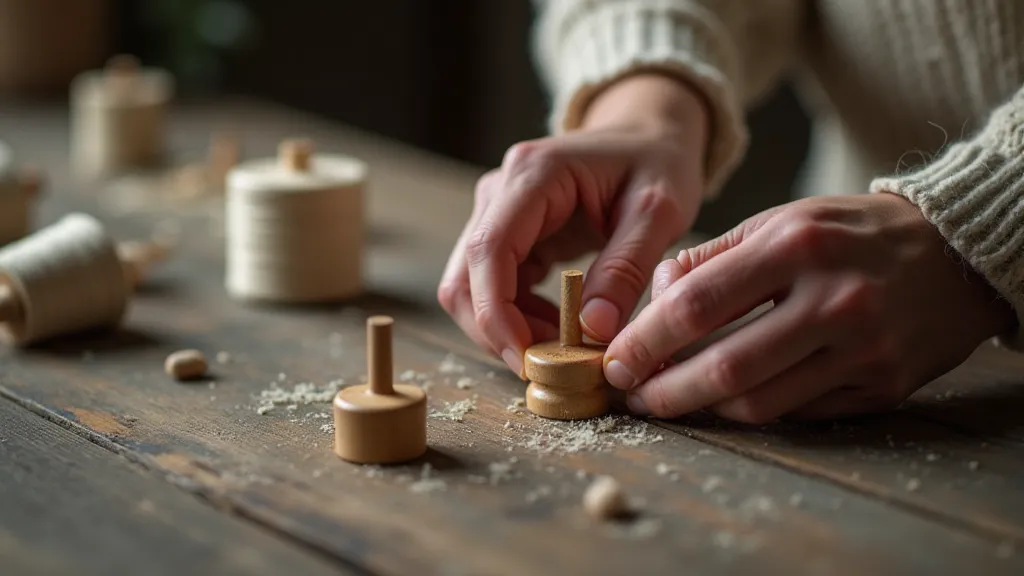
The Necessity of Creation: Lace in the Shadow of Poverty
Historically, bobbin lace emerged as a vital source of income for women, particularly in regions facing economic hardship. Consider the plight of women in 17th-century Bedfordshire, England. Faced with seasonal agricultural labor and periods of famine, lace making offered a lifeline—a way to supplement meager earnings and support their families. Each small, geometric pattern meticulously created represented hours of painstaking work, a quiet act of defiance against the hardship of their circumstances. The hum of the bobbins wasn't just a rhythm; it was the soundtrack to survival. Similar stories resonate across Europe, from the lacemakers of Flanders and Italy to those in the Baltic states. It wasn’s simply about making something beautiful; it was about putting food on the table, clothing children, and maintaining a semblance of hope in the face of adversity.
The perceived “humility” of the craft often served to further marginalize the women who practiced it. It was considered 'women's work,' a task performed in the background, out of sight, and often undervalued. Yet, within that perceived limitation resided an extraordinary power. The ability to transform simple, readily available materials—linen thread, simple bobbins, and a few needles—into intricate and valuable lace was a testament to human ingenuity and resourcefulness. Each square inch of lace was a silent declaration of skill and determination.
Generational Knowledge: The Passing of the Bobbin
The most profound connection to the past is often found in the passing down of knowledge. Bobbin lace making wasn't just a skill; it was a legacy. Mothers taught daughters, grandmothers taught granddaughters, and the patterns themselves became repositories of family history. These patterns, painstakingly memorized and recreated, weren't simply designs; they were stories, emblems of belonging, and tangible links to ancestry. Imagine a young girl, patiently watching her grandmother’s hands, slowly mastering the complex rhythm of the bobbins, absorbing not just the technique but also the quiet confidence and unwavering dedication that permeated the workshop.
The skill was often passed down orally, with subtle nuances and adjustments made with each generation. A slight variation in a pattern might reflect a local tradition, a personal touch added by a particular lacemaker. These small deviations are often the key to identifying the origin and age of a piece – details lost to formal documentation, but preserved in the collective memory of the craft. The underlying geometry and intricate details of these designs often reveal more than meets the eye; understanding the fundamentals behind the beauty is akin to unraveling a visual puzzle. For those intrigued by the mathematical underpinnings of these beautiful creations, exploring Fractured Symmetry: The Unexpected Geometry of Bobbin Lace Collecting offers a captivating glimpse into the world where artistry and mathematics intertwine.
The Evolution of Style and Technique
While the core principles of bobbin lace making remained consistent, regional variations flourished. The “Bedfordshire Rose,” known for its intricate floral motifs and delicate detailing, is distinct from the sturdier, more geometric designs of Valenciennes lace. Each style reflected the local availability of materials, the prevailing aesthetic preferences, and the unique skills of the lacemakers. The materials themselves also evolved over time. Initially, linen was the thread of choice, but as the craft spread, cotton and silk were incorporated, leading to variations in texture, sheen, and overall appearance.
The tools remained simple—bobbins, a pillow, and a few needles—but the mastery lay in the lacemaker’s ability to manipulate them with precision and artistry. The pillow, a crucial element of the process, provided a stable surface for the lace to be built upon. Over time, the construction of these pillows themselves became an art form, with lacemakers crafting them from a variety of materials, often incorporating decorative embroidery or appliqué.
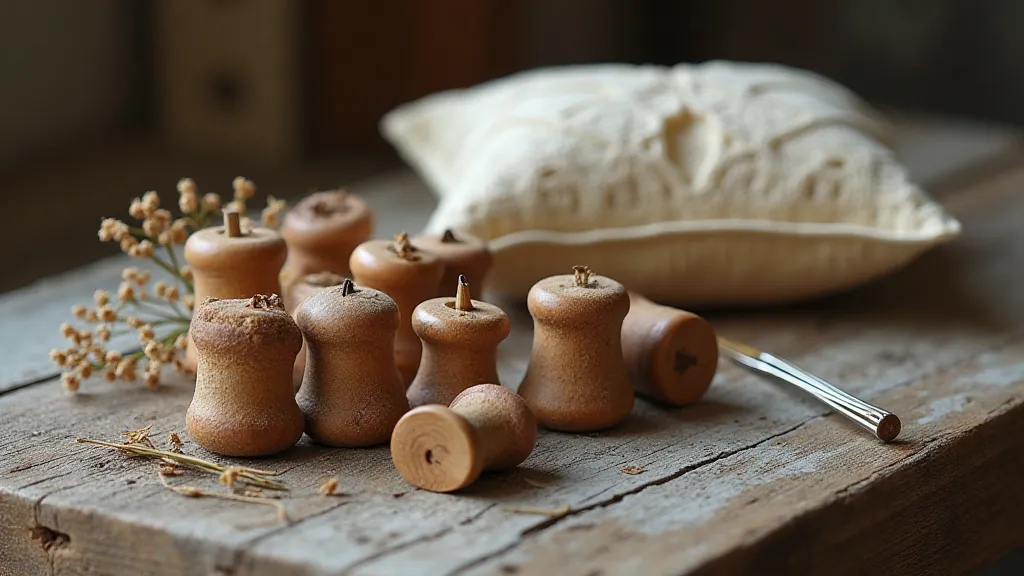
Identifying Antique Bobbin Lace: Subtle Clues to the Past
For the collector and admirer, identifying antique bobbin lace is a rewarding, albeit challenging, pursuit. Several factors can provide clues to a piece’s age and origin. The type of thread used—linen, cotton, or silk—is a primary indicator. Linen, the most common thread in early pieces, tends to have a coarser texture than later cotton or silk variations. The pattern itself can also provide valuable information. Early pieces often feature simpler geometric designs, while later pieces incorporate more elaborate floral motifs.
The “torchon ground,” a distinctive raised background found in many antique pieces, is another important identifier. The precision and evenness of the torchon ground can also offer clues to the lacemaker’s skill and experience. Finally, the overall condition of the lace can provide insights into its history. While some wear and tear is inevitable, significant damage or repairs can impact the piece’s value and desirability. Proper care and restoration are crucial to preserving these delicate artifacts; for detailed guidance on this delicate process, exploring Restoring & Preserving Antique Bobbin Lace can provide invaluable insights and techniques.
The Interplay of Culture and Design
The story of bobbin lace is not just about technique; it’s a reflection of the cultures and communities that nurtured it. The motifs, patterns, and styles encountered across Europe and beyond frequently demonstrate the enduring influence of local traditions. From the vibrant colors of Mediterranean lace to the meticulous geometric patterns found in Scandinavian designs, each region left its unique mark on the craft. The incorporation of regional floral elements, religious symbols, and other culturally significant motifs served to personalize and celebrate local identity. A deeper understanding of how cultural elements have shaped bobbin lace design can be gleaned by exploring the influence of specific traditions.
Consider the incorporation of regional floral elements, religious symbols, and other culturally significant motifs serving to personalize and celebrate local identity. For example, examining the influence of The Influence of Cultural Traditions on Bobbin Lace Design reveals how the craft has been both a reflection and a shaper of cultural identity.
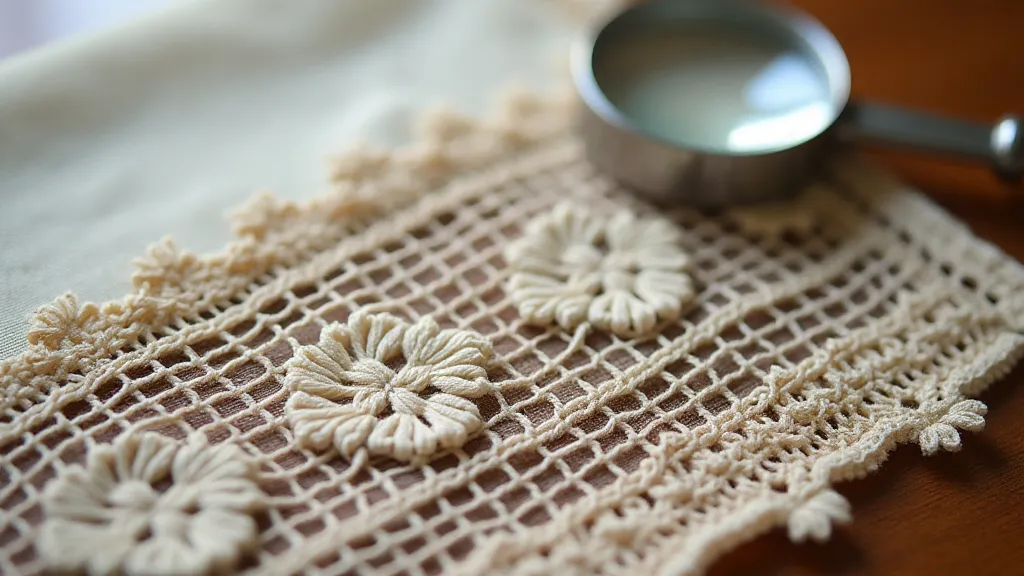
Restoration and Preservation: Respecting the Legacy
The preservation of antique bobbin lace is a delicate undertaking. While restoration is sometimes necessary, it’s crucial to approach it with respect for the original craftsmanship. Overzealous cleaning or repairs can damage the lace and diminish its historical significance. Often, the best course of action is to stabilize the lace, addressing any structural weaknesses without attempting to completely restore it to its original condition.
Protecting antique bobbin lace from light, moisture, and pests is essential for its long-term preservation. Proper storage in acid-free materials can help prevent further deterioration. The knowledge and skills required for authentic restoration are rare, and seeking the advice of a specialist is highly recommended.
More Than Just Decoration: A Tapestry of Resilience
Antique bobbin lace represents so much more than a beautiful craft. It embodies the resilience, ingenuity, and quiet strength of the women who created it. It’s a tangible link to the past—a reminder of the perseverance and dedication that shaped generations. By understanding the historical context and appreciating the artistry behind each individual piece, we can honor the legacy of the lacemakers and ensure that their stories continue to be told.
